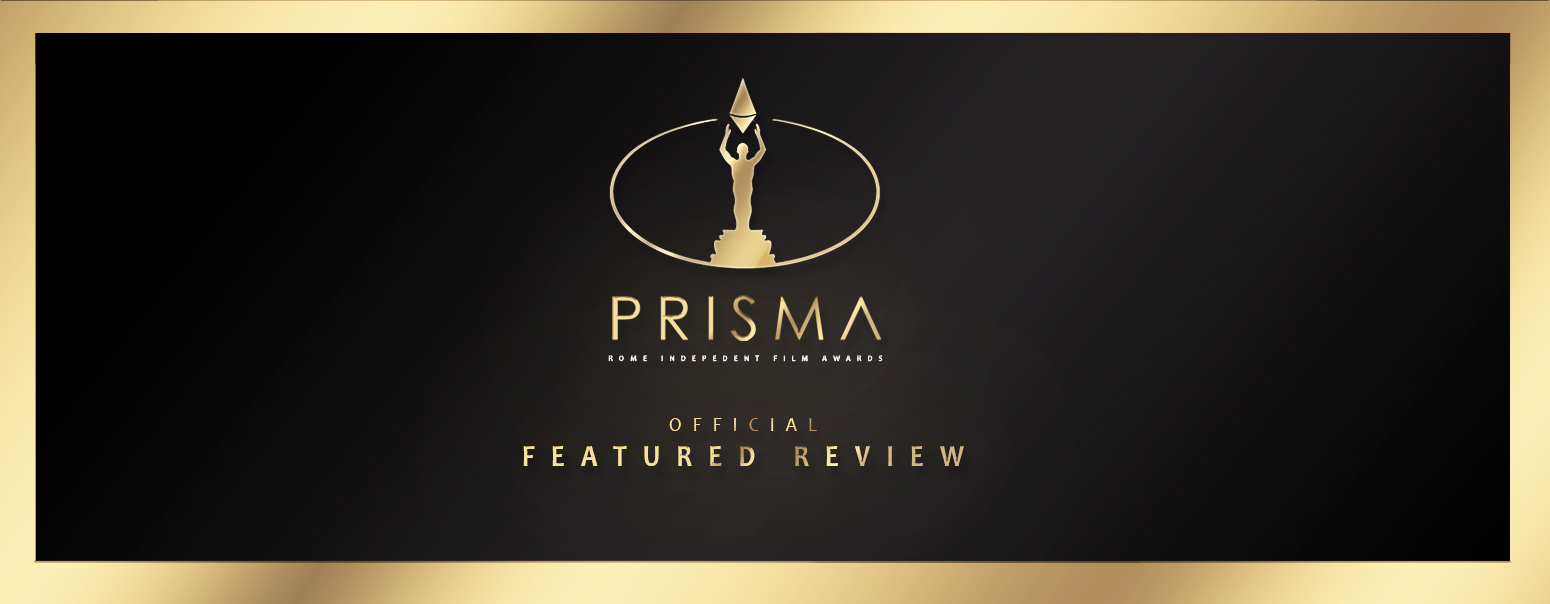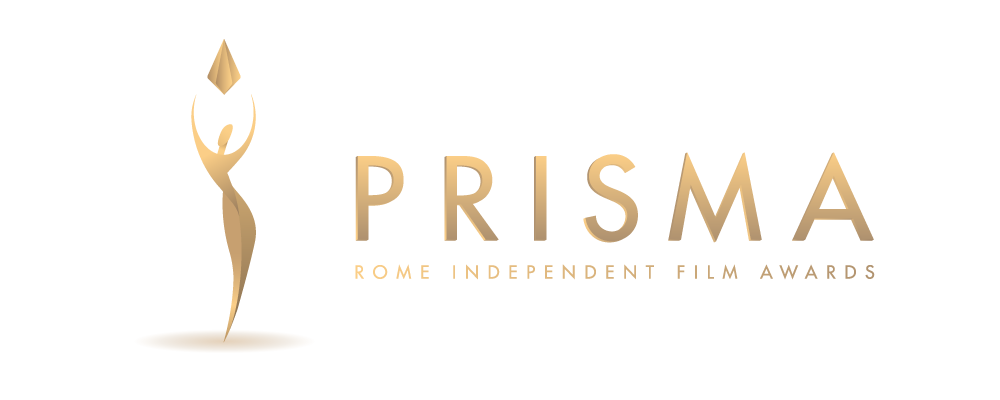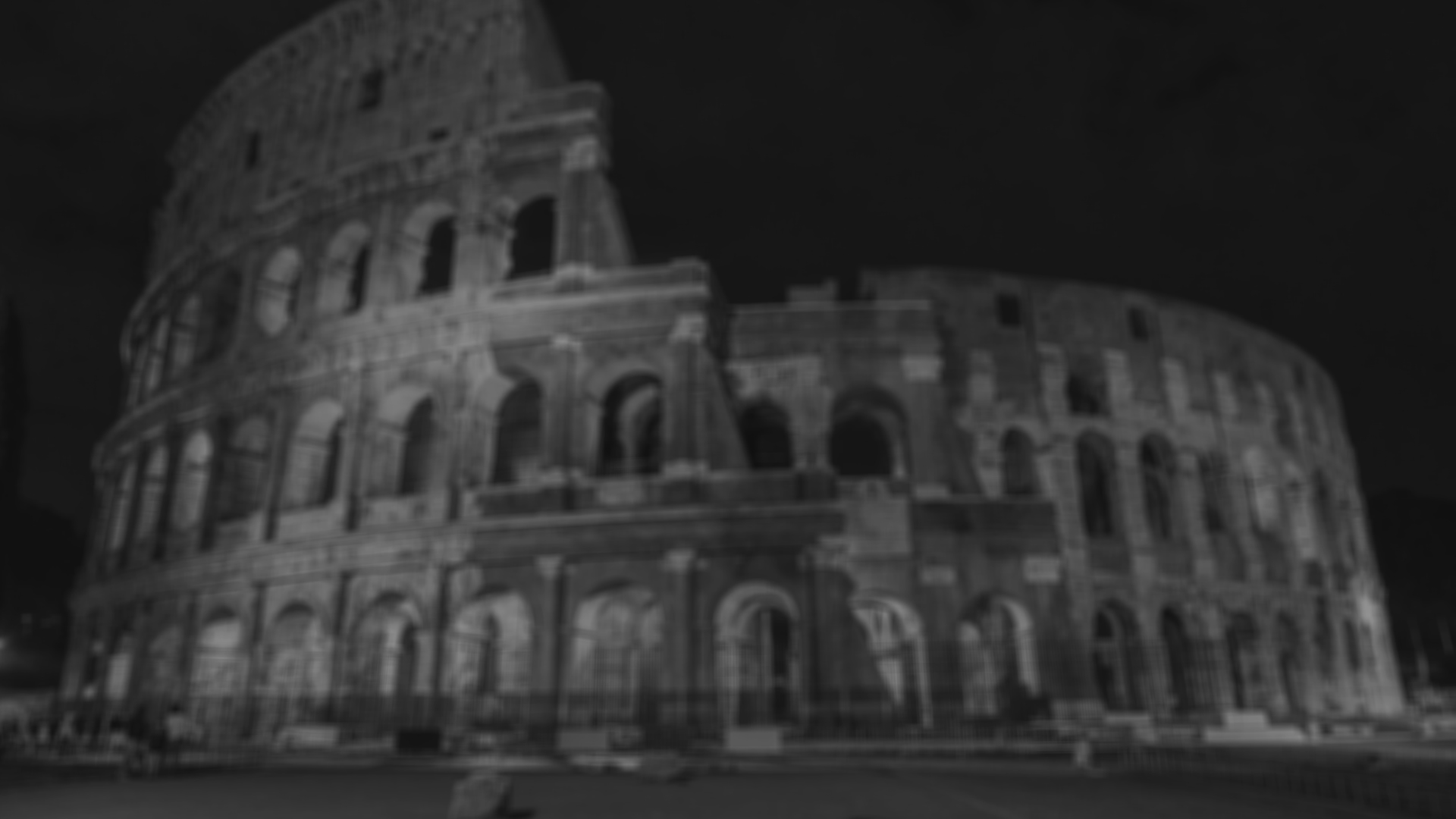
03 Ago “The Past Has Yet To Begin” by WILLIAM STANCIK
Before the film really starts, “The Past has yet to begin” begins to make its way into the bowels. With this film Stancik seems to have reached new lyrical heights, this time crossed by a deeply human and fragile melancholy. The cryptic language is closer to that of a lullaby, familiar but very distant in time. With this kind of musicality of the script, and a vague reference to childhood, the film begins to evoke the past, the growth, even before the story begins.
“The Past Has Yet To Begin”, among all the films of Stancik observed so far, also represents the most evident and spectacular point of contact between form and content. In fact, the director makes extensive use of graphics and articulates the story into a chapter structure, of literary inspiration, which recalls the vocation of the protagonist. But the story evokes many moods and it would be an understatement to limit it only to the story told. Once again we are faced with a film so profound and universal that it does not need to be understood, and the experience of viewing is similar to an electric discharge. Arriving at the closing credits, there is the familiar and pleasant feeling of relaxation typical of the end of the great films, when in spite of ourselves we are forced to admit that it’s all over. In this delicate cinematographic operation, the dreamlike distortion becomes the place of the most intimate truth, in which reality comes to terms with personal perception and merges to create the consciousness of a human being.


